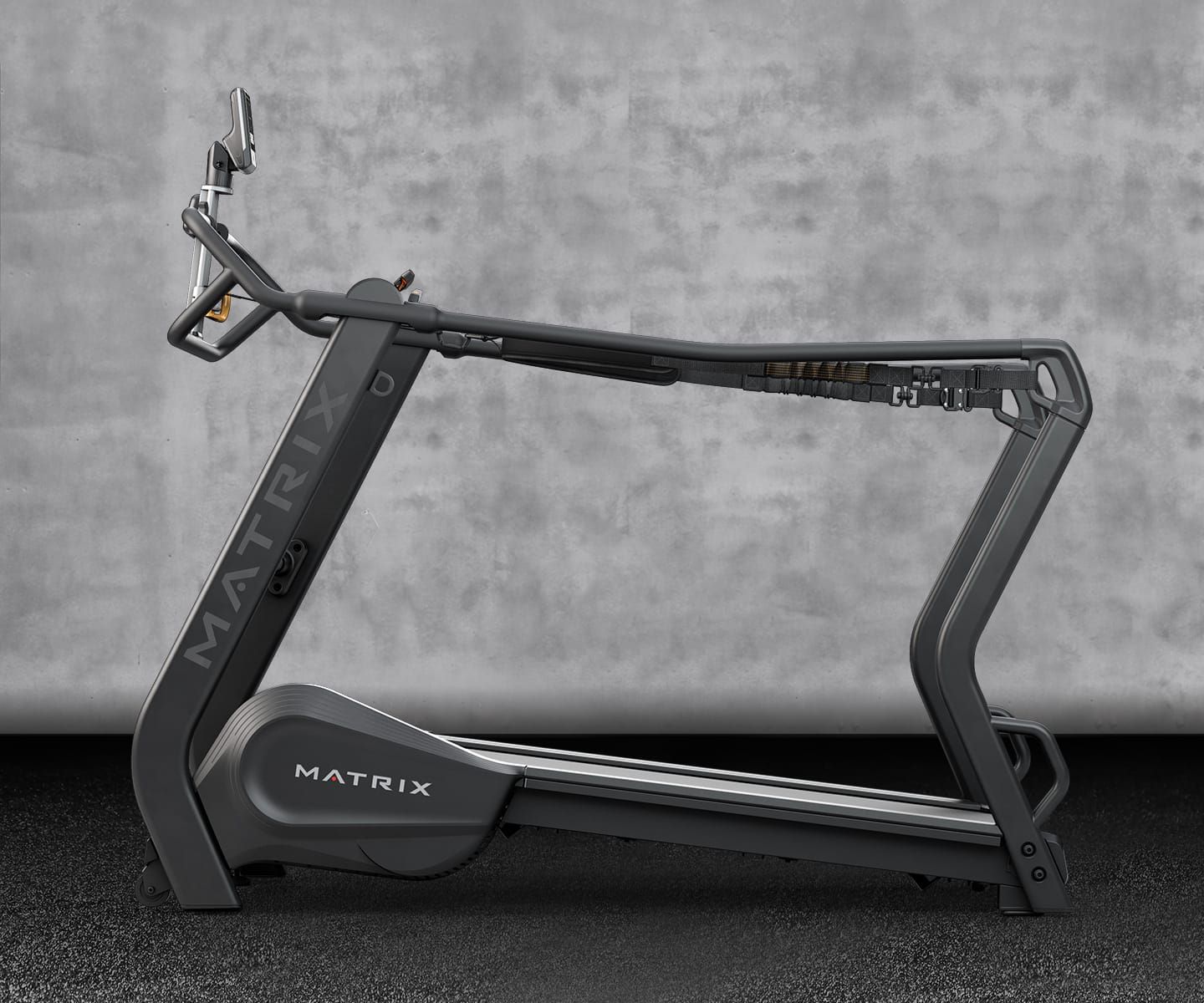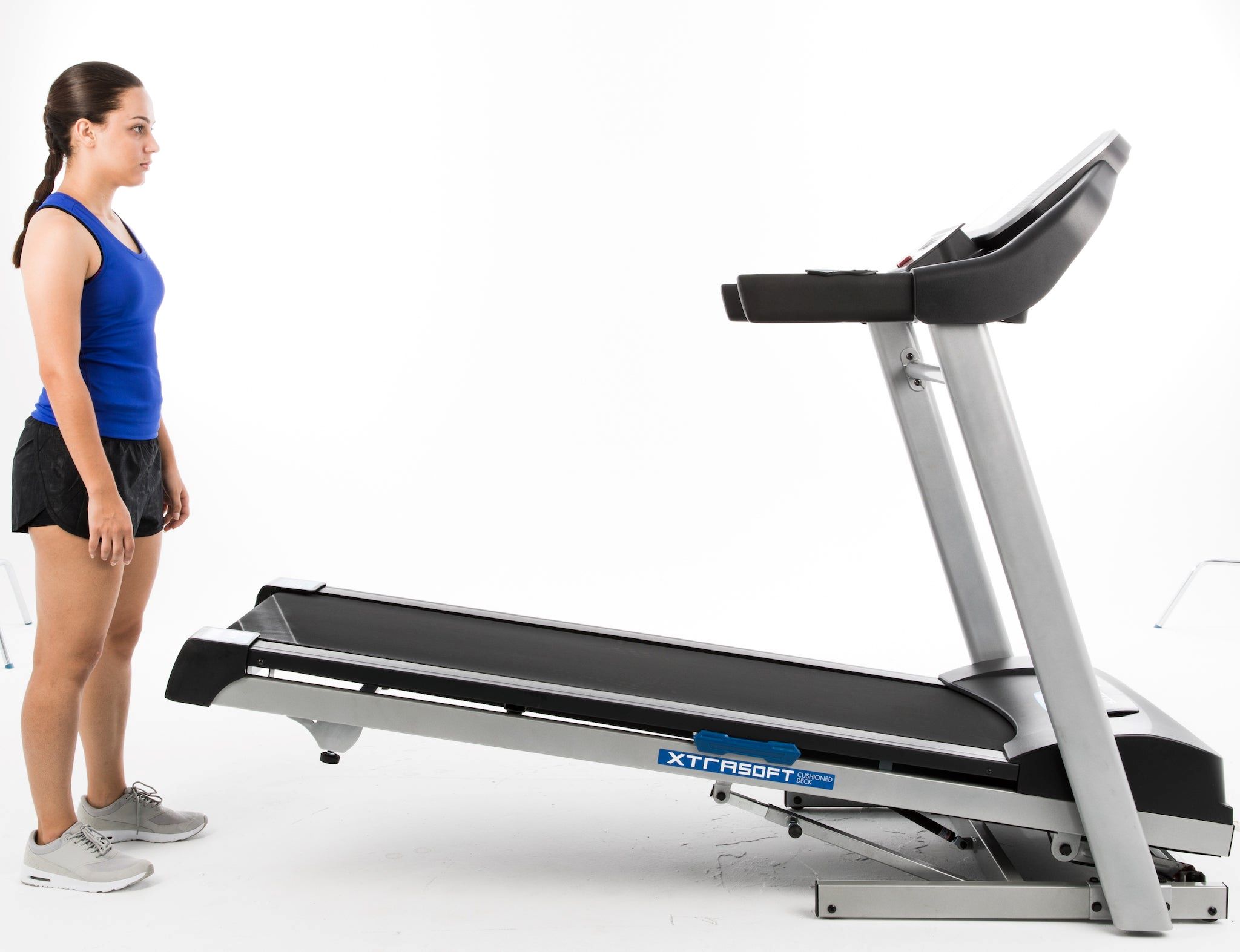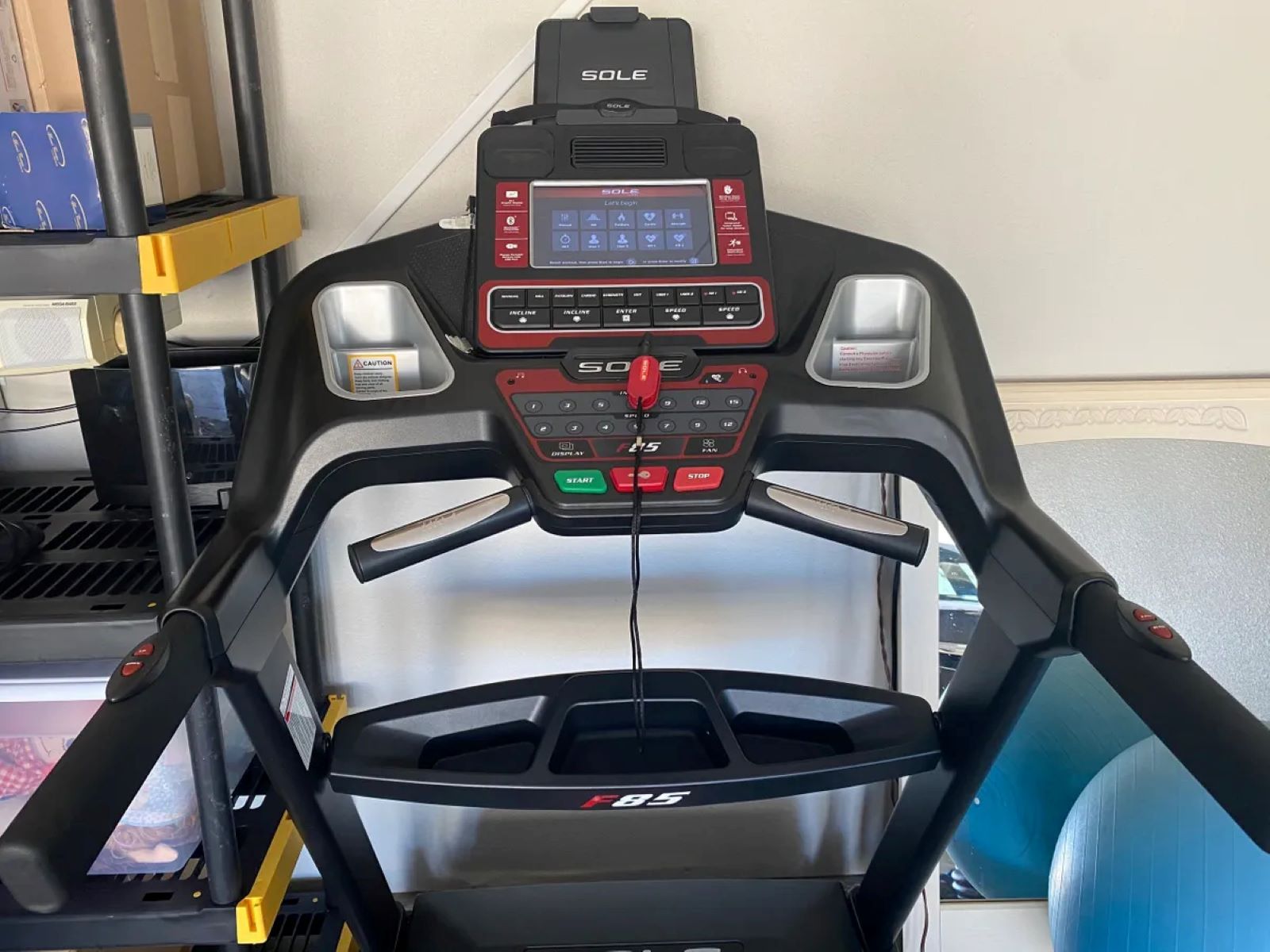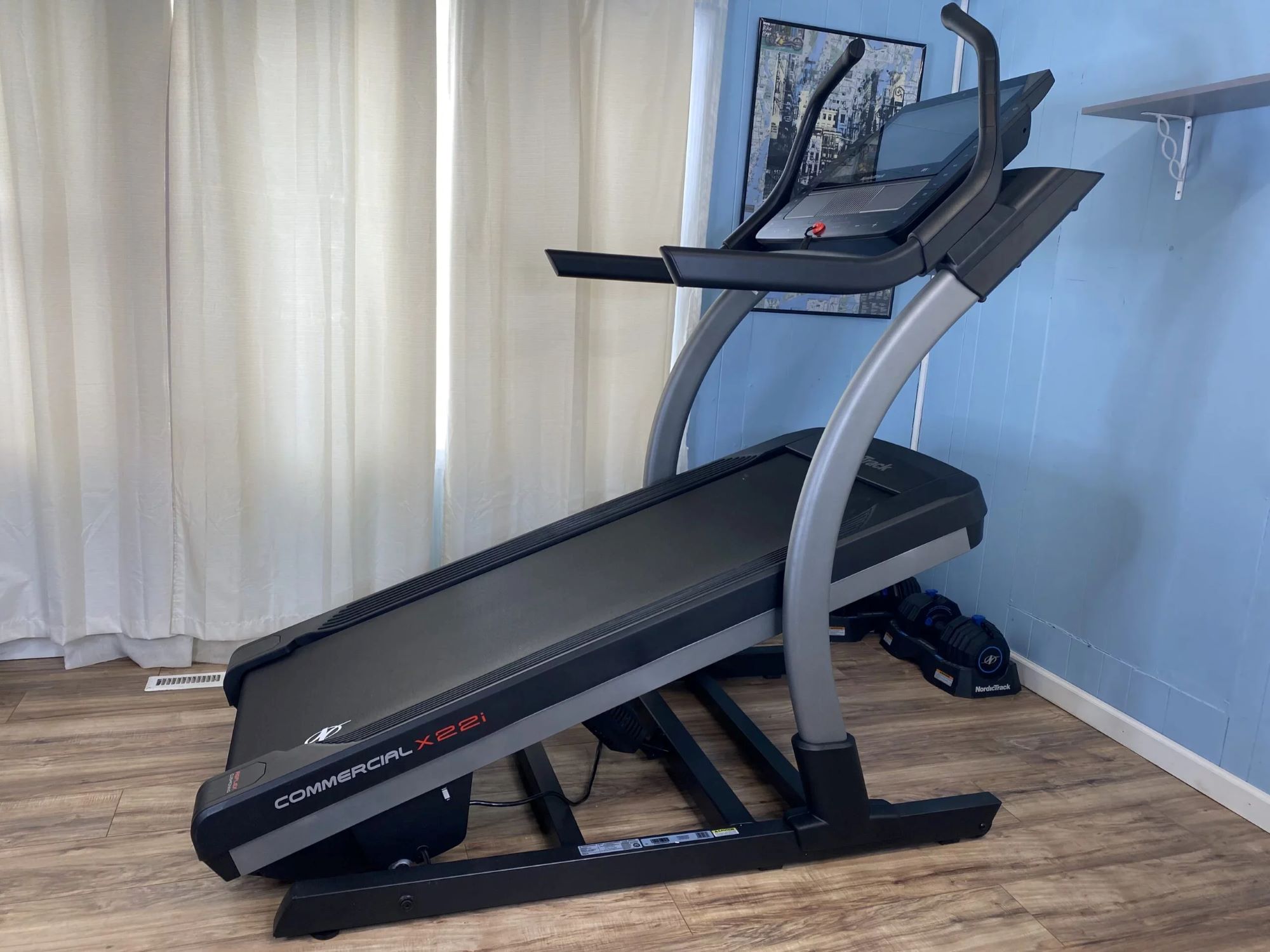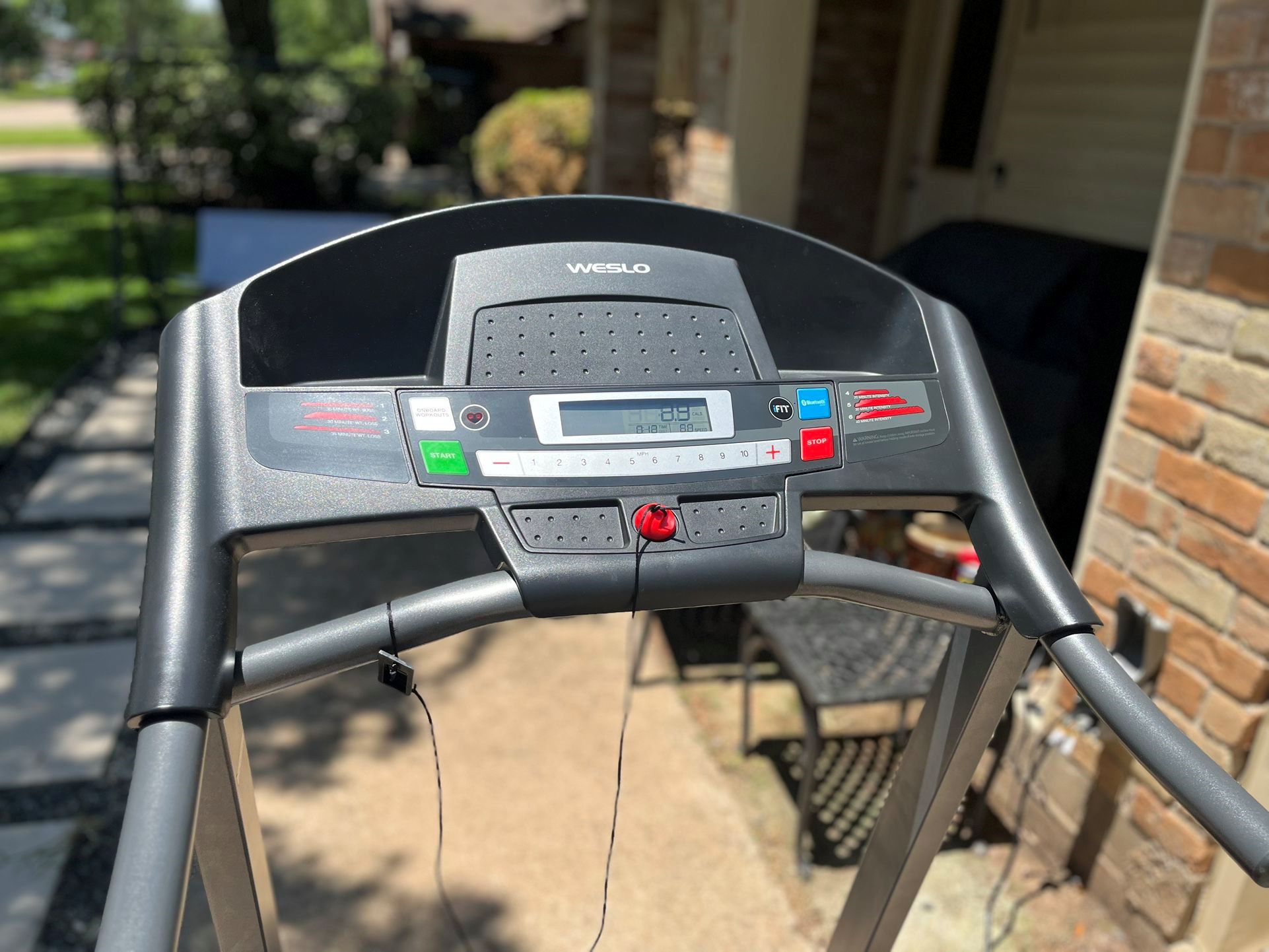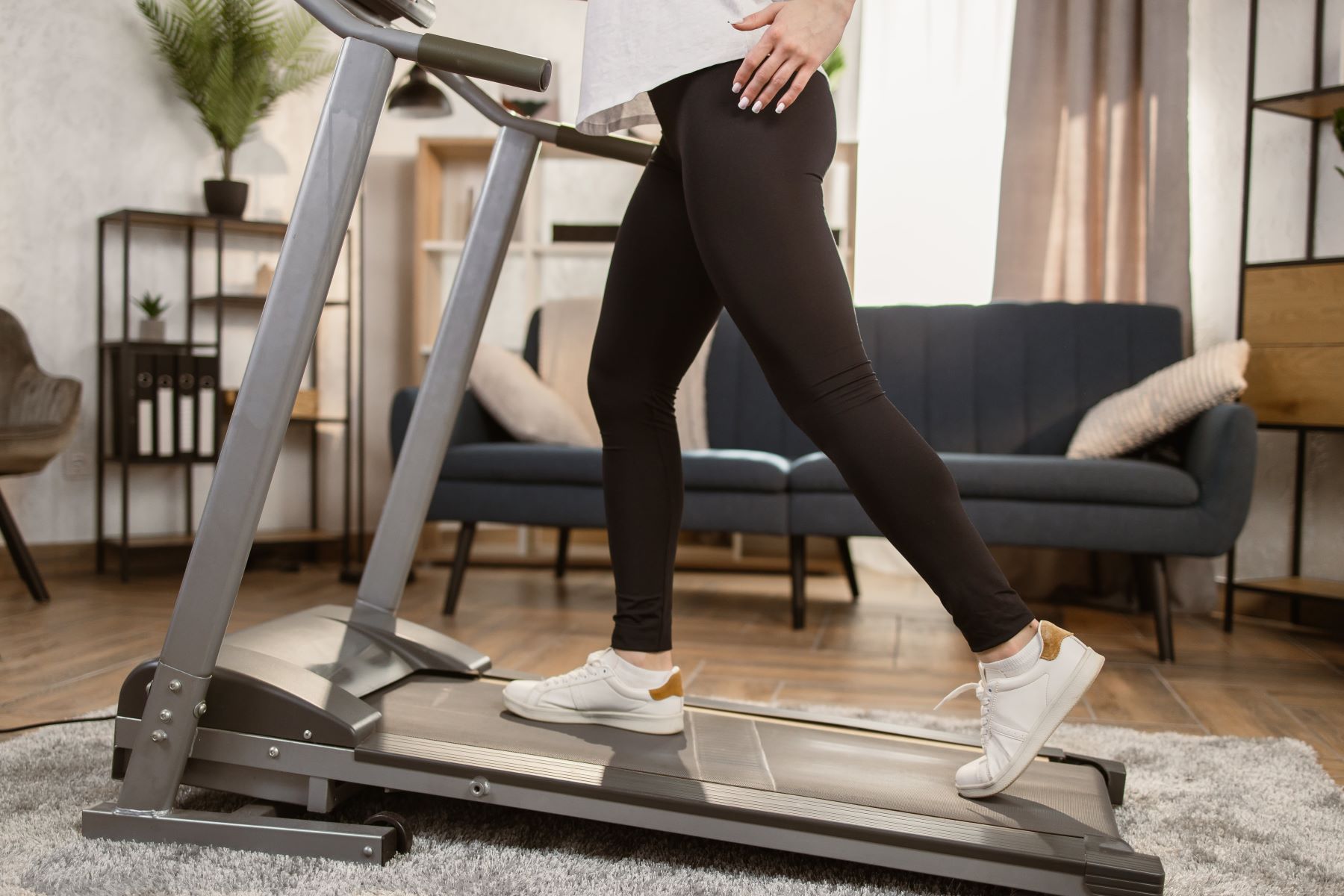Home>Misc>Featured>How To Stop Treadmill From Tripping Circuit Breaker


Featured
How To Stop Treadmill From Tripping Circuit Breaker
Published: August 12, 2023
Learn how to prevent your treadmill from tripping the circuit breaker with our featured guide, packed with practical tips and expert advice.
Introduction
Welcome to the world of fitness and exercise. One of the most popular exercise machines in homes and gyms around the world is the treadmill. It’s an excellent way to burn calories, improve cardiovascular health, and stay fit. However, just like any other electrical device, treadmills can sometimes present challenges. One common issue treadmill users face is the circuit breaker tripping, abruptly interrupting their workout sessions. If you’ve experienced this frustrating situation, fear not, as there are solutions to prevent your treadmill from tripping the circuit breaker.
Understanding the problem and finding the right solutions can save you time, money, and energy. This article will take you through the causes of treadmill circuit breaker tripping and provide practical tips to tackle the issue. By following these suggestions, you’ll be able to enjoy uninterrupted workout sessions and get the most out of your treadmill experience.
Before we dive into the solutions, let’s first understand why the circuit breaker trips when using a treadmill. It’s essential to have a basic understanding of the electrical system and the factors that can contribute to this problem. Doing so will equip you with the knowledge needed to take appropriate measures in preventing future occurrences.
Understanding the Problem
When a circuit breaker trips while using a treadmill, it is an indication that the electrical current flowing through the circuit has exceeded the breaker’s capacity. Circuit breakers are designed to protect the electrical system in your home or gym by automatically cutting off power when there is an overload or short circuit.
There are several possible reasons why a treadmill may trip the circuit breaker:
- Inadequate electrical capacity: If the treadmill is connected to a circuit that cannot handle the power requirements, it can cause the breaker to trip. This commonly occurs if multiple devices are plugged into the same circuit and are using a significant amount of electricity.
- Worn-out motor: Over time, the motor in your treadmill may become worn-out or damaged, causing it to draw more current than usual. This increased load can result in the circuit breaker tripping.
- Short circuit: A short circuit is another common cause of circuit breaker tripping. This occurs when the electrical current takes a shortcut, bypassing its normal path and effectively creating a low-resistance connection. It can happen due to loose wires, damaged components, or faulty electrical connections within the treadmill.
- Ground fault: A ground fault is a specific type of short circuit that occurs when an exposed wire comes into contact with a conductive surface or material. It can be caused by damaged insulation or a faulty ground connection in the treadmill.
Understanding these potential causes is essential for determining the appropriate solution to prevent your treadmill from tripping the circuit breaker. In the following sections, we will explore various strategies that can help you address and overcome this issue, ensuring a more enjoyable and uninterrupted workout experience.
Causes of Treadmill Tripping Circuit Breaker
Treadmills are complex machines that rely on electrical power to function. There are several factors that can contribute to your treadmill tripping the circuit breaker. By identifying these causes, you can effectively troubleshoot and address the problem.
1. Inadequate circuit capacity: One common cause of a tripped circuit breaker is using a circuit with insufficient capacity to handle the electrical load of the treadmill. If your treadmill is sharing a circuit with other high-power devices like refrigerators or air conditioners, it can easily overload the circuit, causing the breaker to trip.
2. Overloaded circuit: Even if your treadmill is on a dedicated circuit, overloading the circuit can still trip the breaker. This can happen if you have too many other devices plugged into the same circuit or if you’re using extension cords or power strips that are not designed to handle the treadmill’s power requirements.
3. Faulty wiring or connections: Wiring issues within the treadmill or the electrical outlet can also cause the circuit breaker to trip. Loose or damaged wires, faulty connections, or worn-out power cords can create a short circuit or excessive resistance, leading to an overload and subsequent tripping of the circuit breaker.
4. Motor problems: The treadmill’s motor plays a crucial role in its functioning. If the motor is faulty or worn out, it may draw excessive current, causing the circuit breaker to trip. Regular maintenance and inspection of the motor can help identify and resolve any motor-related issues.
5. Ground fault: A ground fault occurs when an exposed wire comes into contact with a conductive surface, creating a short circuit. This can happen if the treadmill’s internal wiring is damaged or if there is a faulty ground connection. A ground fault can trip the circuit breaker as a safety precaution to prevent electrical hazards.
By understanding these causes, you can begin to troubleshoot and address the specific issue that is causing your treadmill to trip the circuit breaker. In the next section, we will explore practical solutions to prevent this problem and ensure a smooth and uninterrupted workout experience.
Solutions to Prevent Treadmill from Tripping Circuit Breaker
If your treadmill is consistently tripping the circuit breaker, there are several practical solutions you can try to prevent this issue from occurring again. By implementing these measures, you can avoid interruptions during your workout and ensure a seamless treadmill experience.
1. Proper Outlet Usage: Ensure that your treadmill is plugged into a dedicated circuit, separate from other high-power devices. Avoid using extension cords or power strips, as they can restrict the flow of electricity. If your treadmill requires a higher power capacity, consider hiring a professional electrician to install a dedicated outlet specifically for your treadmill.
2. Circuit Overload Prevention: Be mindful of the devices and appliances that share the same circuit as your treadmill. Avoid using multiple high-power devices simultaneously, as this can overload the circuit and lead to breaker tripping. If necessary, redistribute the power load by plugging devices into different circuits.
3. Treadmill Maintenance and Inspection: Regular maintenance and inspection of your treadmill can help identify potential issues that may be causing the circuit breaker to trip. Check for loose or damaged wires, frayed power cords, and ensure that all connections are secure. If you notice any abnormalities, consult the treadmill’s user manual or contact the manufacturer for guidance on troubleshooting or repairs.
4. Voltage Stabilization: Fluctuations in voltage can also contribute to a circuit breaker tripping. Consider investing in a voltage stabilizer or surge protector to protect your treadmill from voltage spikes and provide a stable power supply. These devices can help regulate the electrical voltage and prevent sudden surges that could lead to trip the circuit breaker.
5. Professional Assistance: If you have tried the above solutions and are still facing issues with your treadmill tripping the circuit breaker, it may be beneficial to seek professional assistance. An electrician or a technician specializing in treadmill repairs can diagnose the problem, identify any underlying electrical issues, and provide the necessary repairs or modifications to ensure the smooth operation of your treadmill.
By implementing these solutions, you can significantly reduce the chances of your treadmill tripping the circuit breaker, allowing you to focus on your workout and achieve your fitness goals without disruption. Remember, regular maintenance, proper outlet usage, and being mindful of circuit loads are crucial in preventing electrical issues and ensuring the longevity of your treadmill.
Proper Outlet Usage
One of the fundamental steps to prevent your treadmill from tripping the circuit breaker is to ensure proper outlet usage. Here are some tips to follow:
Dedicated Circuit: It is essential to plug your treadmill into a dedicated circuit, meaning a circuit that is exclusively used for the treadmill and not shared with other high-power devices. Sharing a circuit with appliances like refrigerators or air conditioners can overload the circuit and cause the breaker to trip. If you’re unsure about the circuit capacity, consult a professional electrician to help determine the appropriate setup for your treadmill.
Avoid Extension Cords and Power Strips: While it may be tempting to use extension cords or power strips to connect your treadmill, it can actually hinder the flow of electricity and increase the risk of tripping the circuit breaker. Treadmills require a considerable amount of power, and using an extension cord or power strip that isn’t designed to handle that load can cause voltage drops and uneven power distribution. Instead, plug the treadmill directly into a properly grounded outlet.
Correct Voltage: Ensure that the outlet you are using for your treadmill matches the voltage requirements specified by the manufacturer. Most treadmills operate on standard household voltage, typically 110-120 volts, but some higher-end models may require 220-240 volts. Using the wrong voltage can damage the treadmill’s motor and circuitry and increase the chances of tripping the circuit breaker.
Proper Grounding: Proper grounding is critical for electrical safety and stability. Make sure that the outlet you are using is properly grounded. This means that the outlet should have three-pronged sockets and that the grounding wire is connected securely. If you are unsure about the grounding of your outlet, consult a professional electrician to evaluate and rectify any grounding issues.
Consider Professional Installation: If you find that your home electrical system does not have a dedicated circuit for the treadmill, or if the existing circuit does not meet the power requirements, it may be worth considering hiring a professional electrician to install a dedicated outlet specifically for your treadmill. A professional can assess the electrical capacity, make necessary modifications, and ensure that the outlet is installed safely and correctly.
By following these guidelines for proper outlet usage, you can significantly reduce the risk of your treadmill tripping the circuit breaker. Plugging your treadmill into a dedicated circuit, avoiding extension cords and power strips, using the correct voltage, ensuring proper grounding, and seeking professional help when needed will contribute to a safe and reliable electrical setup for your treadmill.
Circuit Overload Prevention
To prevent your treadmill from tripping the circuit breaker due to circuit overload, it’s important to be mindful of the devices and appliances sharing the same circuit. Here are some strategies to help you avoid circuit overload:
Know Your Circuit’s Capacity: Each circuit in your home or gym has a specific capacity, measured in amps. Typically, household circuits can handle around 15-20 amps of electrical current. It’s important to know the capacity of the circuit that your treadmill is connected to. This information can be found on the circuit breaker panel or by consulting an electrician.
Re-distribute the Power Load: If the circuit that your treadmill is connected to is already near its capacity, it’s advisable to redistribute the power load. Unplug high-power devices that are not in use or move them to a different circuit. Distributing the power load evenly across multiple circuits can help prevent overload and reduce the chances of the circuit breaker tripping.
Use Energy-Efficient Devices: Consider using energy-efficient devices whenever possible. These devices consume less power and can help prevent a circuit overload. For example, using energy-efficient light bulbs, refrigerators, and air conditioners can lighten the overall power load on the circuit, allowing your treadmill to operate more smoothly.
Limit Simultaneous High-Power Device Usage: Avoid running multiple high-power devices simultaneously on the same circuit as your treadmill. This can cause an overload and increase the risk of tripping the circuit breaker. For example, if your treadmill is on the same circuit as a washing machine, try not to use both at the same time to prevent excessive power consumption.
Consider Circuit Upgrades: If you consistently experience circuit overloads even after redistributing the power load, it may be necessary to consider upgrading your circuitry. This could involve adding additional circuits or increasing the capacity of existing circuits to accommodate the power requirements of your treadmill and other devices. Consult with a professional electrician to assess your electrical system and determine the best course of action.
By being aware of your circuit’s capacity, redistributing the power load, using energy-efficient devices, limiting simultaneous high-power device usage, and considering circuit upgrades when necessary, you can effectively prevent circuit overload and reduce the likelihood of your treadmill tripping the circuit breaker. It’s crucial to prioritize electrical safety and ensure that your treadmill operates smoothly without any interruptions.
Treadmill Maintenance and Inspection
Regular maintenance and inspection of your treadmill is essential not only for its optimal performance but also for preventing circuit breaker trips. Here are some maintenance and inspection practices to follow:
Clean and Lubricate: Over time, dust, dirt, and debris can accumulate on the treadmill’s belt and motor. Regularly clean the treadmill, paying special attention to the belt, deck, and motor area. Additionally, lubricate the belt as per the manufacturer’s recommendations to ensure smooth operation. Proper cleaning and lubrication can prevent motor strain and reduce the chances of a circuit breaker trip.
Check Power Cord and Wires: Inspect the power cord and wires for any signs of damage, such as fraying or exposed wires. Damaged wires can lead to short circuits and electrical hazards. If you notice any issues, immediately replace the power cord or consult a professional for repairs. Remember to always unplug the treadmill before conducting any inspection or maintenance work.
Tighten Connections: Regularly check and tighten all electrical connections within the treadmill, including the power cord, control panel, and motor. Loose connections can cause fluctuations in electrical current, leading to circuit overloads and breaker trips. Use the appropriate tools and ensure all connections are secure to maintain a reliable electrical connection.
Inspect Control Panel: The control panel is a crucial component of the treadmill. Check for any faulty buttons or malfunctioning display functions. If you notice any issues, consult the manufacturer’s manual for troubleshooting options or seek professional assistance. A malfunctioning control panel can cause electrical instability and potentially trigger a circuit breaker trip.
Schedule Professional Maintenance: In addition to regular maintenance, it’s recommended to schedule professional maintenance for your treadmill at least once a year. A professional technician can thoroughly inspect and service your treadmill, identify any potential electrical issues, and make the necessary adjustments or repairs to prevent circuit breaker trips.
Follow Manufacturer’s Guidelines: Always refer to the manufacturer’s guidelines and user manual for specific maintenance instructions for your treadmill model. Each treadmill may have unique maintenance requirements, and following these guidelines will help ensure optimal performance and reduce the risk of circuit breaker trips.
By incorporating regular maintenance and inspection practices into your treadmill routine, you can minimize the chances of a circuit breaker tripping. Taking the time to clean, lubricate, and inspect your treadmill, checking power cords and connections, and scheduling professional maintenance will contribute to a safe and uninterrupted workout experience.
Voltage Stabilization
Voltage fluctuations can contribute to circuit breaker trips, especially if they are severe or frequent. To prevent your treadmill from tripping the circuit breaker due to voltage instability, consider implementing voltage stabilization measures:
Use a Voltage Stabilizer: Investing in a voltage stabilizer, also known as a voltage regulator, can help protect your treadmill from sudden voltage fluctuations. These devices automatically regulate and stabilize the electrical voltage, ensuring a consistent and safe power supply to your treadmill. Consult with an electrician to determine the appropriate voltage stabilizer for your specific electrical needs.
Install Surge Protectors: Power surges can occur as a result of sudden increases in electrical voltage. These surges can damage the sensitive electronic components of your treadmill and increase the risk of circuit breaker trips. Installing surge protectors between the power outlet and the treadmill can help absorb and redirect excess voltage, providing an additional layer of protection against power surges.
Unplug during Lightning Storms: Lightning strikes can cause power surges that can damage electrical devices, including your treadmill. During lightning storms, it’s advisable to unplug and disconnect your treadmill from the power source. This precautionary measure can help avoid potential damage and reduce the risk of a circuit breaker trip due to lightning-induced power surges.
Consider UPS Systems: A UPS (Uninterruptible Power Supply) system is a backup power source that provides temporary power during electrical outages or voltage dips. It can serve as an additional layer of protection for your treadmill by ensuring a constant power supply, even when there are interruptions in the main electrical grid. UPS systems are particularly useful in areas with unreliable power supply or in regions prone to frequent power fluctuations.
Seek Professional Electrical Evaluation: If you consistently experience voltage fluctuations or are uncertain about the stability of your electrical system, consider hiring a professional electrician to evaluate and assess the situation. They can identify any underlying electrical issues, recommend potential solutions, and help ensure a stable power supply for your treadmill.
By implementing these voltage stabilization measures, you can minimize the risk of your treadmill tripping the circuit breaker due to voltage fluctuations. Investing in a voltage stabilizer or surge protector, unplugging during lightning storms, considering UPS systems, and seeking professional electrical evaluation can help create a more stable and reliable power environment for your treadmill.
Conclusion
Tripping circuit breakers while using a treadmill can be frustrating and disrupt your workout routine. However, by understanding the causes and implementing the solutions mentioned in this article, you can prevent your treadmill from tripping the circuit breaker and enjoy uninterrupted workout sessions.
First and foremost, ensure proper outlet usage by connecting your treadmill to a dedicated circuit and avoiding the use of extension cords or power strips. Circuit overload prevention is key, so be mindful of the devices sharing the same circuit and redistribute the power load if necessary. Conduct regular treadmill maintenance and inspection to keep the machine in optimal condition, checking for damaged wires, loose connections, and proper lubrication of the belt.
Moreover, consider voltage stabilization measures such as using voltage stabilizers or surge protectors to protect your treadmill from voltage fluctuations. Unplugging during lightning storms and considering UPS systems can provide additional protection and ensure a stable power supply for your treadmill.
If you have tried the suggested solutions and are still experiencing circuit breaker trips, it may be best to consult a professional electrician or treadmill technician for further guidance.
By implementing these preventative measures and incorporating regular maintenance, you can minimize the risk of your treadmill tripping the circuit breaker, allowing you to focus on your fitness goals without interruptions. Take care of your treadmill, take care of your electrical setup, and enjoy a smooth and uninterrupted workout experience.
